Argentina, the eighth-largest country in the world, is renowned for its rich and diverse cultural heritage. Nestled in the southern part of South America, this vast nation boasts a unique blend of influences that have shaped its culture, from indigenous traditions to European migration, and the evolution of an urban lifestyle that has left an indelible mark on the world. The soul of Argentina culture lies in its love for football, tango, literature, and an unyielding passion that resonates through its people and their way of life.
A Land of Many Faces:
Argentina’s culture is as varied and complex as its geography. The country encompasses the dramatic landscapes of Patagonia, the vast pampas, the Andes mountains, and the bustling metropolis of Buenos Aires. Each region contributes its own unique flavour to the nation’s culture. The arid northwest, for instance, is home to indigenous communities with a rich tradition of folk music, while the southern region of Patagonia offers a rugged and awe-inspiring natural backdrop.
European and Indigenous Influences:
The cultural mosaic of Argentina is deeply rooted in its history of colonization and immigration. Spanish colonial rule, which began in the 16th century, left a profound mark on the language, religion, and architecture of the country. European immigration, particularly from Italy and Spain, during the late 19th and early 20th centuries significantly influenced the country’s culture, cuisine, and identity. As a result, Argentina’s population is predominantly of European descent, and the country has a strong connection to its European heritage.
However, indigenous cultures also play a crucial role in shaping Argentina’s culture. Indigenous peoples, such as the Mapuche and Guarani, have preserved their traditions and languages in various regions of the country. These communities contribute to the country’s cultural diversity and provide a link to its pre-colonial history.
Passion for Football:
Argentinians are known for their passionate love of football (soccer). The sport is more than just a game; it’s a cultural phenomenon that unites the nation. Argentina has produced some of the world’s greatest football legends, including Diego Maradona and Lionel Messi. The country’s devotion to football is evident in the vibrant atmosphere of its stadiums, the fierce rivalries between teams, and the countless pick-up games played in streets and parks across the nation. The World Cup victories in 1978 and 1986 are celebrated moments in Argentina’s history, symbolizing the country’s football prowess and collective spirit.
The Dance of Seduction: Tango:
Tango, a sensual and dramatic dance that originated in the working-class neighbourhoods of Buenos Aires in the late 19th century, is one of Argentina’s most iconic cultural contributions to the world. The dance, known for its close embrace and intricate footwork, reflects the country’s passion and emotional intensity. Tango music, with its melancholic lyrics and soul-stirring melodies, adds depth to the art form. Buenos Aires is the epicentre of tango, and the city’s neighbourhoods, like San Telmo, come alive with the sounds of bandoneons and the sight of dancers on dimly lit streets and in intimate tango clubs.
Literature and Poetry:
Argentina boasts a literary tradition that has produced some of the world’s most celebrated authors. Jorge Luis Borges, Julio Cortázar, and Ernesto Sabato are just a few of the literary giants who have captivated readers with their thought-provoking and imaginative works. Literature holds a revered place in Argentine culture, and the nation has produced numerous Nobel laureates and world-renowned writers.
The works of these authors often delve into complex themes such as identity, reality, and the supernatural. Borges, in particular, is known for his exploration of labyrinths and infinite realities, a reflection of the country’s intricate and multifaceted culture.
Cuisine:
Argentina’s cuisine is a reflection of its history and geography. The country is famous for its beef, and Argentine steakhouses, known as parrillas, offer a carnivore’s delight with various cuts of beef cooked to perfection. Empanadas, savory pastries filled with meat, cheese, or vegetables, are a popular snack, while the asado, a traditional barbecue, is a social event that brings friends and family together.
Argentina is also renowned for its wine production, particularly in the Mendoza region, which produces some of the finest Malbec wines in the world. The wine culture, with its countless vineyards and wineries, is a source of national pride and has garnered international acclaim.
Festivals and Traditions:
Argentina hosts a wide array of festivals and traditions that showcase the nation’s diverse cultural roots. The Dia de la Tradición celebrates the country’s gaucho (cowboy) heritage, with folkloric music, dancing, and rodeo events. Carnaval, with its vibrant parades and colourful masks, is celebrated with gusto in various regions of Argentina.
The Fiesta Nacional de la Vendimia in Mendoza is a grand celebration of the grape harvest, featuring traditional music, dance, and the selection of the Harvest Queen. Semana Santa (Holy Week) is marked by religious processions and traditions, while the Day of the Dead is an important indigenous celebration that honours ancestors.
Visual Arts and Architecture:
Argentina’s visual arts and architecture are a testament to the country’s European heritage and creative spirit. Buenos Aires, often referred to as the “Paris of South America,” boasts a blend of architectural styles, from neoclassical to art nouveau. Iconic landmarks like the Teatro Colón, the Palacio Barolo, and the Recoleta Cemetery showcase the city’s architectural richness.
The visual arts have flourished in Argentina, with painters like Benito Quinquela Martín and Antonio Berni capturing the essence of the nation through their works. The country’s contemporary art scene continues to thrive, with museums and galleries in Buenos Aires showcasing both local and international talent.
Challenges and Opportunities:
Argentina has faced its share of economic and political challenges, with periods of hyperinflation, political instability, and economic crises. The country has, however, shown resilience and adaptability in the face of adversity. It has the potential to leverage its cultural heritage to bolster tourism and foster economic growth. Argentina’s natural beauty, coupled with its rich cultural traditions, offers immense opportunities for development and international recognition.
In conclusion, Argentina’s culture is a captivating blend of passion, tradition, and diversity. The influences of indigenous heritage, European immigration, and the nation’s unique geography have created a multifaceted and vibrant society. The love of football, the sensuality of tango, the depth of literature, and the flavour of Argentine cuisine all come together to paint a vivid picture of a nation that takes pride in its cultural contributions to the world. Argentina’s culture is an ever-evolving mosaic, reflecting the heart and soul of its people and their unyielding commitment to preserving their traditions while embracing the future.
More information and reviews:
.- en.wikipedia.org -Argentina Culture Link here.
.- Official page Argentina Culture Link here.
.- Youtube.com Argentina Culture Link here.
.- Feature Imagen by Canva Link here.


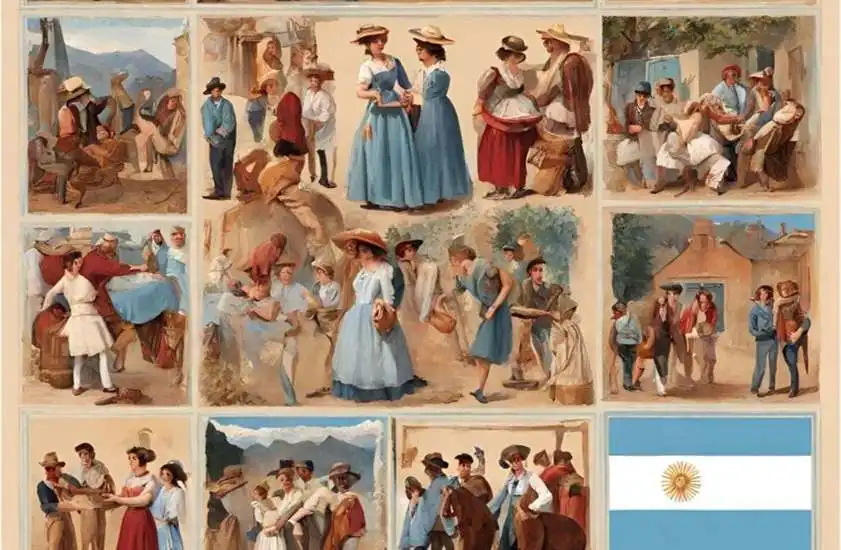


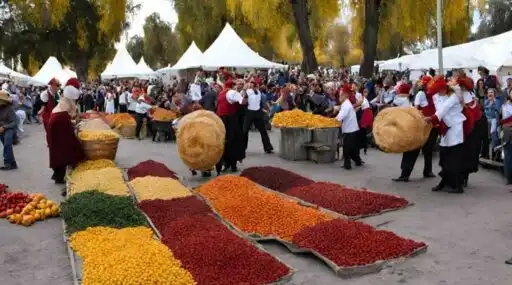
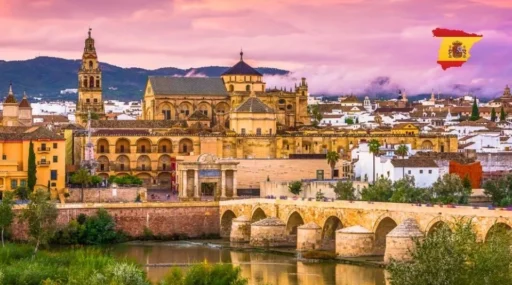

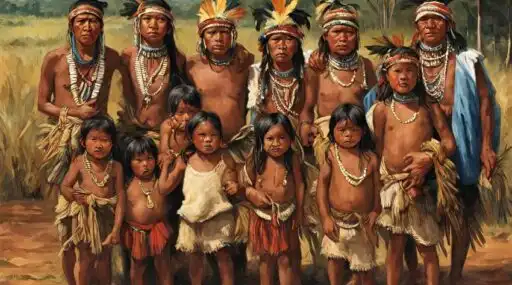
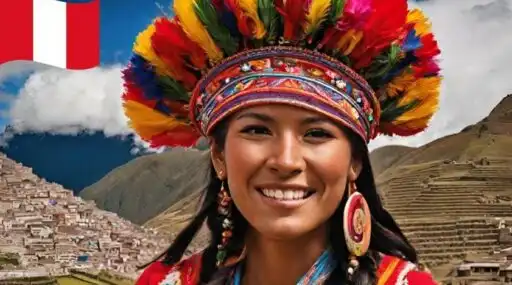

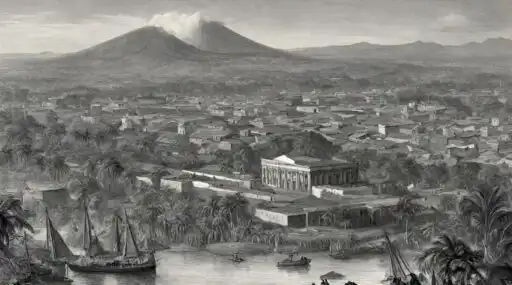
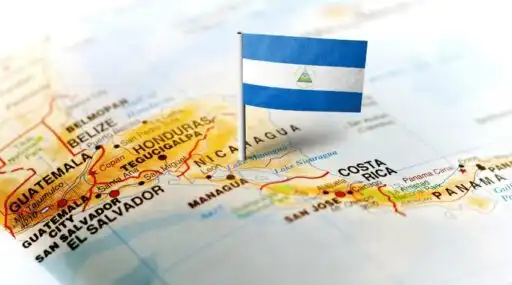
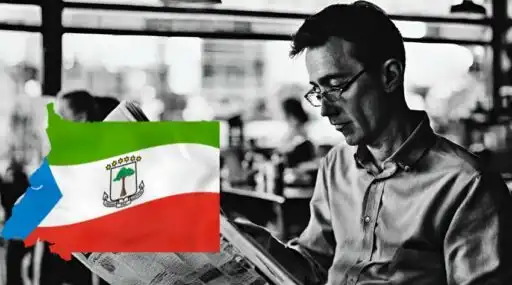
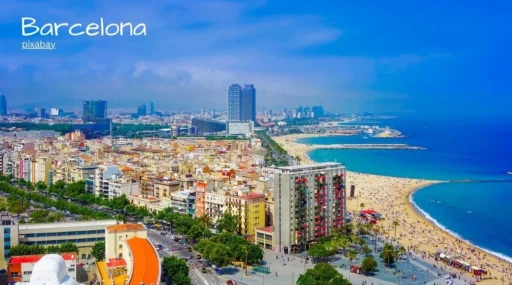


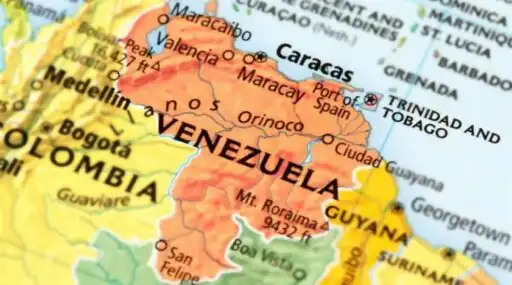


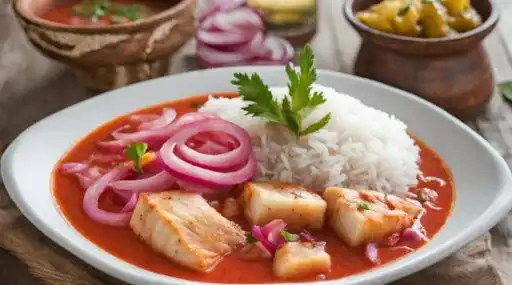





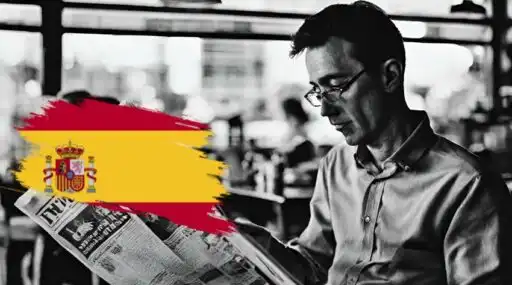
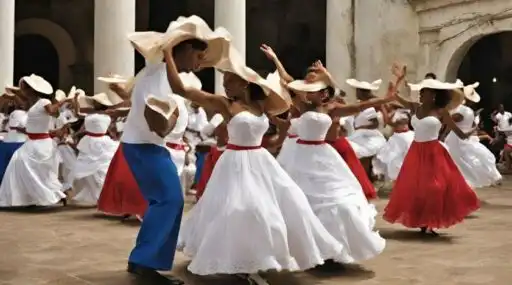
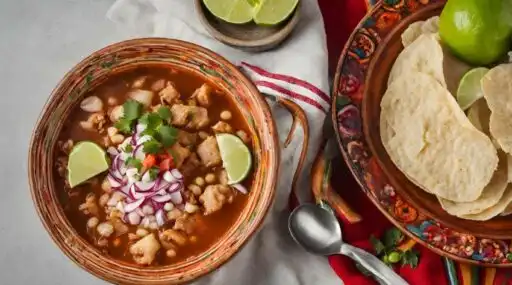


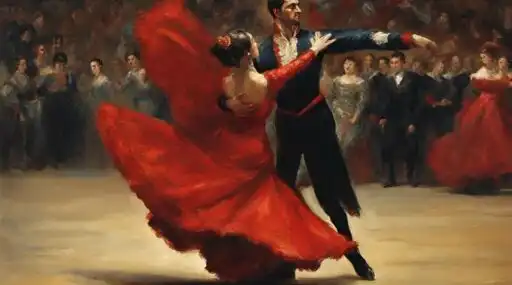
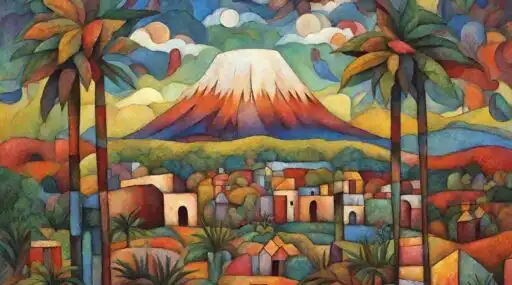
Leave a Reply